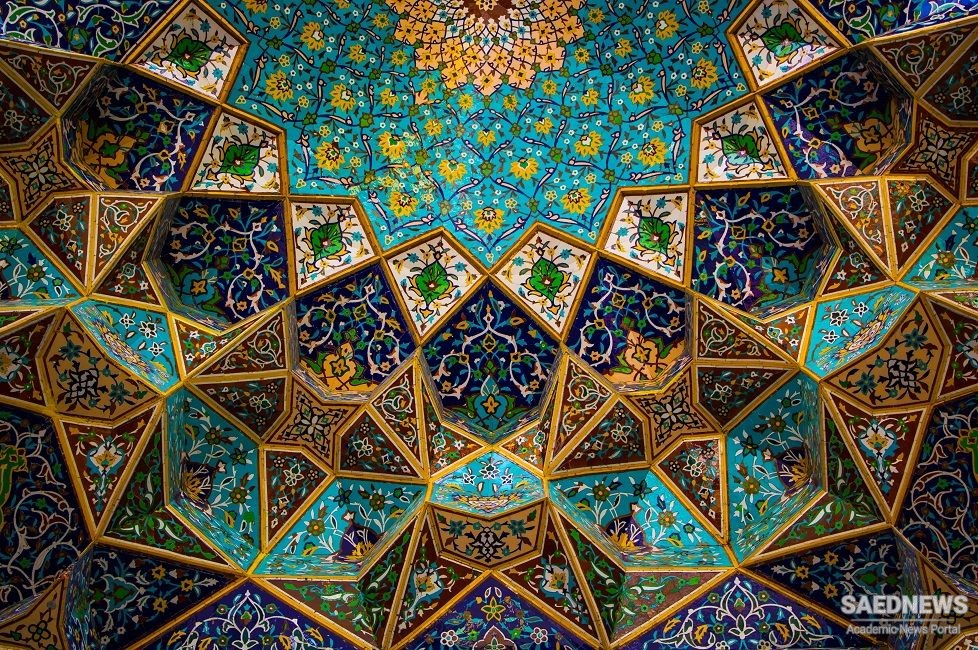The transformation ofa vast area - from north central Spain to the delta ofthe Indus and from the northern fringes of the Sahara desert and the Indian Ocean to the Mediterranean, the Caucasus, the Central Asian deserts, and the Hindu kush into a land controlled by Islam (the dar al-Islam or 'house of Islam' of later sources) was accomplished within roughly a century Egypt, Palestine, Syria, and Iraq fell into the hands of Muslim Arabs between 632, the date of the Prophet's death, and 643, the year of the creation of Fustat, the Hist step in the development of what would eventually become the modern megalopolis of Cairo. By 740 two-thirds of the Iberian peninsula was in Muslim hands, an Arab marauding partj had been turned back near Poitiers in west central France, and significant Arab settlements had been estahlished in Men and Samarqand (in the modern countries of Turkmenistan and Uzbekistan respectively), preparing the way for the military, but especially symbolic, encounter in 751 of the Muslim conquerors with the Chinese imperial army at Talas, Djambul in present-day Kazakhstan.
This extraordinary achievement took place under the rule of the first four caliphs, or successors of the Prophet, called al-Rashidun (The Rightly Guided or Orthodox ones) who ruled from Madina between 632 and 661, and, then, of the Umayyad dynasty (661-750). The latter came from a merchant family of Mecca which had originally opposed the Prophet Muhammad and which converted to Islam relatively late; thej moved the capital to Damascus in Syria, although ruling princes often moved around the countryside and the primary residence and virtual capital, between 726 and 744, was in Rusafah, in the northern part of the Syrian Steppe. A remarkable succession of brilliant Umayyad caliphs like Mifauiyah (661-80), Abd al-Malik (695-705), al-Walid (705—1 5), and al-Hisham (724-43) for- malized the basic administratis structure of the Umayyad empire into provinces with often very talented governors appointed by the rulers. They maintained for a while many Byzantine, Sasanian, and other practices, but eventually (around 69] ) imposed Arabic as the language of administration and coinage. Umayyad rulers collected an immense wealth from the boot} of the conquest and from le\ies gathered though taxes. This wealth allowed them to keep a large standing army and navy and to invest in an agricultural and commercial expansion well documented in the Fertile Crescent and probably true in other provinces as well. Diplomatic relations with non Muslim lands were mostly wit I) the Byzantine empire, and, altogether, the Umayyad princes maintained a delicate equilibrium between the traditional patterns of life and culture in the Katentique world they controlled, a new class of affluent Arab leaders with strong tribal attachments as well as brilliant administrative and military talents, and a newly emerging Islamic culture. The waj in which the latter came about is still a matter of much debate between those who imagine its creation as quite rapid, the sudden appearance of a fully shaped socio-ethical system, and those who prefer to postulate the slow evolution of responses to many different needs and challenges.


 The Sacred: Spatial Features of the Religious Discourse
The Sacred: Spatial Features of the Religious Discourse














































